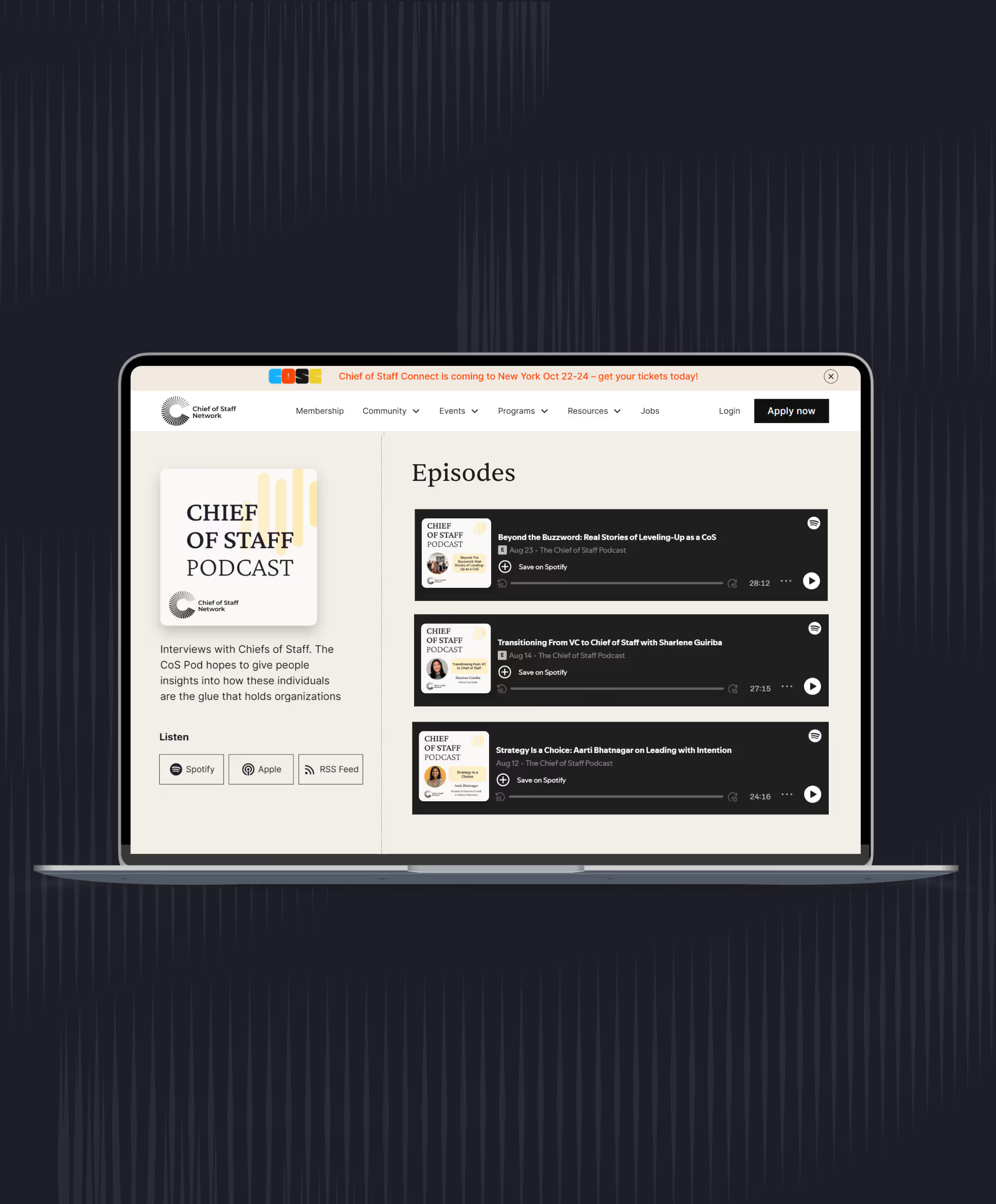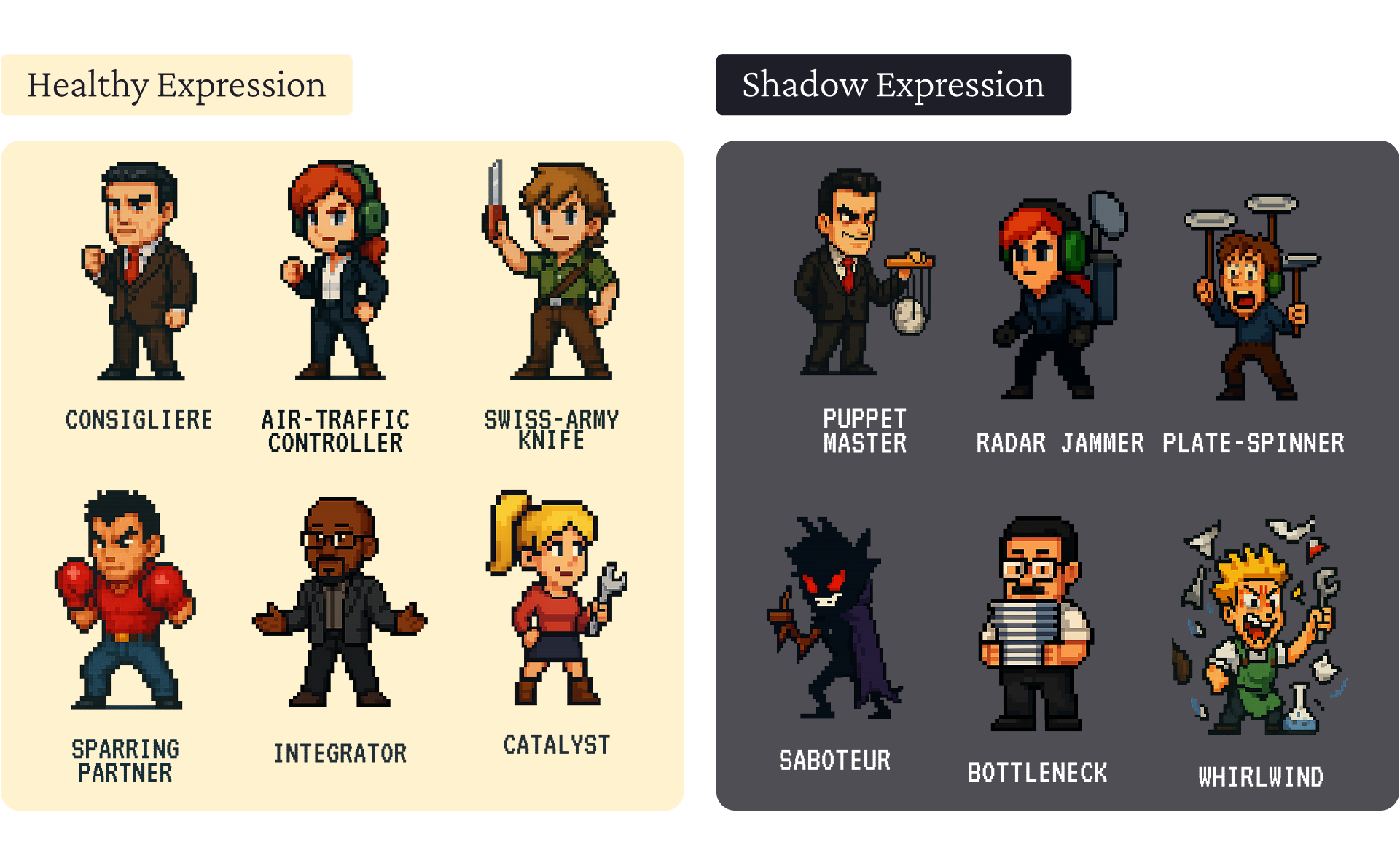I worked at Corporate McDonald’s for 13 years.
Working at McDonald’s is similar to working in Washington, where three branches of government exist.
McDonald’s uses the vocabulary of ‘the three legs of a stool’ – Corporate, Franchisee, and Supplier Network – to deliver a unified customer experience.
To deliver on this promise, Corporate Leadership – and by extension, their CoS – must align all three legs of the stool so that there is 100% execution across all 14,000 US restaurants.
For the majority of my time at McDonald’s I worked directly for Officers of the Company: Two Division Presidents, The Chief Operating Officer of the US Business, and The Office of The CEO, Don Thompson.
With over 30+ years of communication and strategy experience, I had a dual role working on behalf of my officers: Director of Communications and Chief of Staff.
I carried both ‘The Pen’ and the ‘Business Agenda’ - a very humbling experience.
To manage this unique and complex opportunity, I created a CoS Communication Framework that allowed me to move seamlessly between the two roles.
I offer this Framework to the CoS network so that you can apply it in a way that feels natural and supported within your current role. The framework has four pillars
These pillars represent the categories at the intersection of the CoS Role and Communication Function supporting the Officer.
- Organizational Communication sets the base of how the company is structured, operates, and resourced
- Management Communication represents the strategy of the business, requiring planning, prioritization, and stakeholder alignment
- Strategic Communication translates leadership vision and operationalizes business priorities
- Execution Communication enacts specific events so that messaging and priorities are formally communicated and discussed
Under each pillar, I developed three supporting tactics to support the macro theme and form a matrixed grid:

To support Organizational Communication, it is critical to zoom out and look at the entire organization in a designed and systemized approach. Think of being an architect, and seeking to look at the foundation, lines, and patterns.
For those who love process mapping and stakeholder development will geek out on this approach; spending hours examining connecting points, key inflection points, and critical system nodes.
The underlying communication benefit: We must understand the structure in which we communicate.
To support Management Communication, it is critical to put on a strategic, analytical, and visioning hat. This focuses on articulating the big picture of the business and setting goals, metrics, and agendas.
For those who love strategic thinking, this is a great section for you. This is the engine of the car, that drives the entire business.
The underlying communication benefit: We must be aligned on what it is we want to achieve and communicate the priorities to be successful.
To support Strategic Communication, we need to create the proper messages to convey our vision, develop a strong plan for broad communication, and ensure that we are proactively managing the business calendar to get ahead of the communication opportunities.
For those who love communicating, this is the area for you. This is the storytelling, which brings the business plan to life.
The underlying communication benefit: We must connect our leadership messaging to relatable stories so stakeholders are engaged, motivated, and impassioned.
To support Execution Communication, we need to set up in-person and back channels to communicate with our key stakeholders. This includes all-hands meetings, informal feedback loops, and best practice sharing.
For those who love to orchestrate, this is right in your wheelhouse. This is the opportunity to create invaluable face-to-face connecting points while laying a foundation of sensing nodes throughout the organization to understand if messages are connecting.
The underlying communication benefit: This is where the ‘rubber meets the road’ to deliver messages to the broader audience. As a Trusted Advisor, it is critical to understand what is working/not working in an advanced manner, so that we can proactively course-correct leadership messaging as necessary.







.avif)
.avif)








